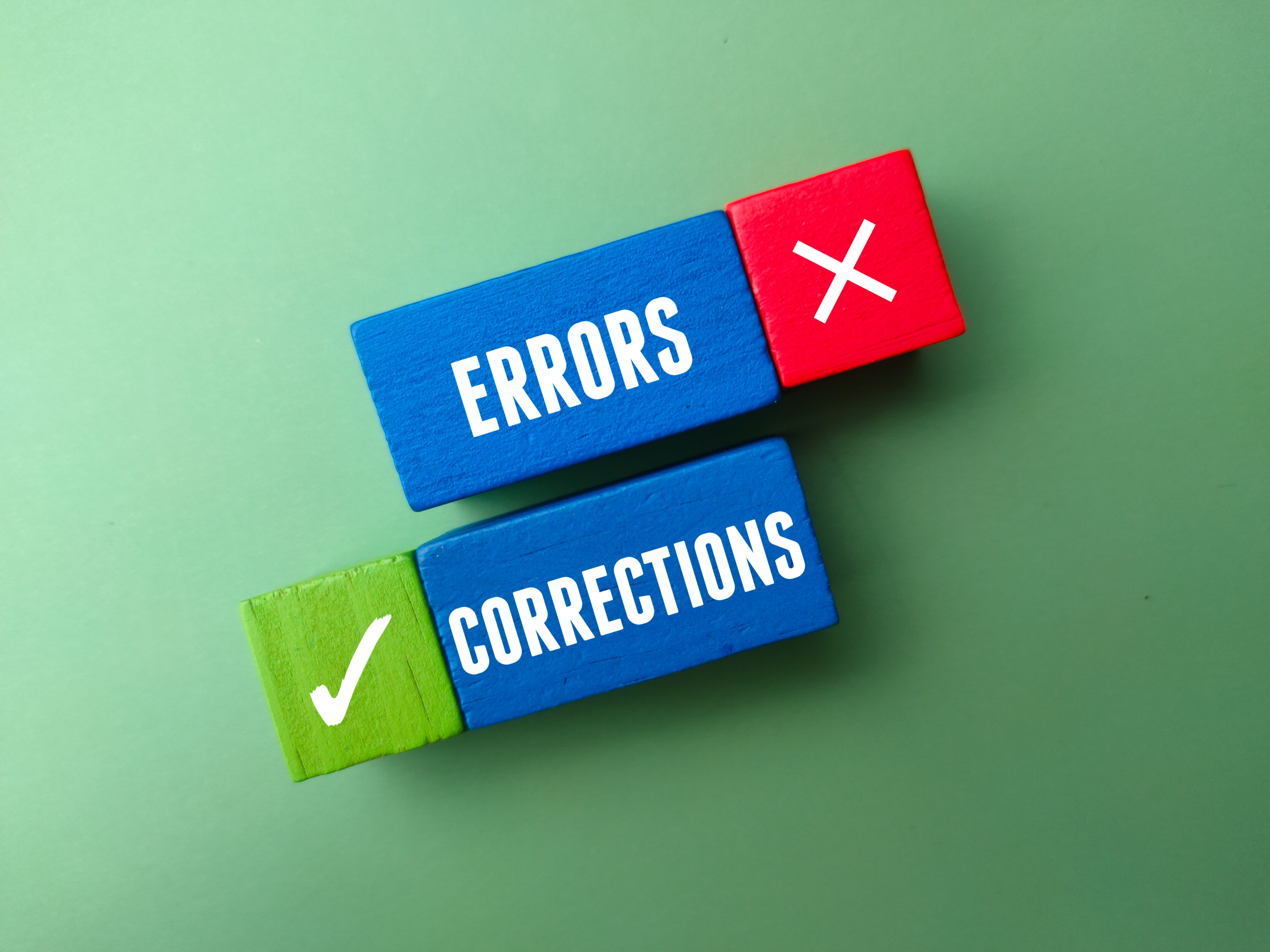Construction Nonconformances – 7 Steps for Managing Them
A construction quality control plan should contain a systematic process that your can use to manage construction nonconformances. This is true whether the nonconformances are simple or difficult. This will enable you to deliver quality results consistently. It will also instill confidence in your customers that you will control specification deviations tightly while looking for suitable resolutions.
In some industries, the term nonconformance is not used for all defects. The term is rather reserved for defects that you can’t fix cost-effectively or quickly to meet the project’s quality standards.
An example of a simple construction nonconformance would be if you poured a concrete foundation an inch too wide. To fix this you would have to remove the extra inch or rework the whole foundation to make it right.
As this scenario might not hurt function, fit, or form, reworking the foundation probably doesn’t make sense. If you however decide to use the foundation as is, your customer will have to approve the change. This additional step means you won’t be able to handle the defect easily and quickly. You’ll therefore have to treat it as a nonconformance.
Here are 7 steps you can use to handle construction nonconformances.
1. Mark Construction Nonconformances
You should first mark the affected area clearly to prevent use or accidental cover-up. This is important as getting a customers’ approval or deciding on the right corrective action may take a while.
The foundation construction nonconformance used as an example should probably be marked with barrier tape. For other types of nonconformances, you can use a tag, tape, paint, or any other signal that you can observe easily. Irrespective of the type of marking you decide to use for a nonconformance, ensure that it can’t be covered accidentally.
You should also let inspectors and superintendents know they should mark nonconformances.
2. Control
If continued work can affect quality adversely or obscure the defect, you should stop work in the area affected until you can fix the construction nonconformance. Your staff on site should decide which, if any, limitations they should place on continued work in the area.
It is also best quality practice to inspect similar work previously completed to ensure it doesn’t have similar defects.
3. Record Construction Nonconformances
Once you have marked and are controlling the area where the nonconformance occurred, you need to create a nonconformance report. In the report you should describe the deviation and then submit it to someone who has the authority to make a disposition i.e., a decision on what the next steps should be.
The nonconformance report will also serve as a record of actions performed. These will include the marking and controlling of the nonconformance as well as decisions made on the disposition, corrective action, and preventive action.
4. Decide on a Disposition
The next step is to decide on the nonconformance’s disposition.
You normally dispose of nonconformance in one of four ways: replace, repair, rework, and use-as-is. The descriptions below will help you decide on the best course of action.
- Replace: Do this by replacing the nonconforming material or product with a conforming material or product that will correct the defect.
- Repair: You do this by re-machining, reassembling, reprocessing, or reinstalling the nonconforming product to correct the defect.
- Rework: You can use this disposition when rework will make the nonconforming product acceptable for its intended use, although it might not meet all specifications. Customers typically need to approve reworked products.
- Use As Is: You use this disposition when the nonconforming product is suitable for its intended use. A typical example would be a product that still performs as expected, but there is a defect in its aesthetic aspects. Once again, customers need to approve use as is products.
5. Corrective Actions
Once you have performed the corrective action required for the construction nonconformance, you must verify that you have eliminated or corrected the problem to the level required by the disposition shown on the nonconformance report.
You may sometimes be required to give corrective action training. It may be that staff aren’t familiar with the type of rework or repair that they should perform, or they don’t know how to install a replacement.
6. Reinspect Construction Nonconformances
Once you have fixed the nonconformance, you must reinspect the work and then remove the markings.
7. Prevent
It is however not enough to fix problems identified during a quality inspection. You should always be looking for ways in which you can improve quality and prevent similar issues from occurring again in the future.
You should evaluate the detectability, severity, and frequency of the nonconformances you’ve identified on both your current and your past projects as part of your systematic process. You can easily do this by reviewing customer feedback and company quality records.
You should also not overlook training as one aspect of preventing construction nonconformances. Once the causes of nonconformances have been identified, include toolbox talks and/or regular training aimed at preventing similar future occurrences.
Conclusion
The construction industry will always have nonconformances and defects as there are a normal part of doing this type of work. Using a systematic approach to find, resolve, and prevent future construction nonconformances will make the difference between being an average construction company and a top-notch one.
Apart from managing nonconformances, there is much you can do to prevent them. This article on Manufacturing Nonconformances explains some of the actions you can take to do this.



